Estimating systemic risk in networks of financial institutions is increasingly a challenge in policymaking. The complexity of financial networks may increase the difficulty of mitigating systemic risk and how the topology of connections can propagate the failure of an individual entity through the network in the system. Our study’s primary purpose is to apply the bibliometric techniques and the systematic review method to understand the evolution of research on systemic risk and interconnectedness among financial markets and institutions and highlight the literature’s progress during the period from 2008 to 2023. Results suggest that systemic risk and financial networks have experienced rapid growth during the last decade, and this can contribute to a future research agenda on the topic.
- Autor/es: Vicenzo Pacelli, Ida Claudia Panetta, Maria Melania Povia
- Año de publicación: 2025
- País: Italia
- Idioma: Inglés
- Fuente de indexación: Scopus



